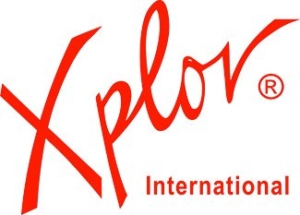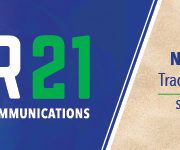Going Digital at Your Own Pace
Submitted by Alexandra Truchot, Content Creation Specialist for Objectif Lune.
May 25, 2016
Going digital: everybody’s talking about it. For some people, it’s a no-brainer and has been reality for a number of years. Others are still struggling to digitize their business procedures. Any way you look at it, the future is digital. But making the switch is complicated.
In a perfect world, you would always send documents by email or publish them to the web. Not only would you be more efficient, you would save money.
Yet, most of organizations still do not send electronic invoices, even in simple PDF format! Customers are still requesting paper invoices and the employees are used to handling documents as they always have. Often, organizations do not have all of their customers’ email addresses. Small- and medium-size enterprises (SME) that began operations prior to the advent of digital, for the most part continue to use paper. Large businesses can afford to develop custom solutions and withstand the risk. SMEs that start up today put digital solutions in place from the get-go. But for medium-size enterprises that have been in business for a number of years, the risk is too great of placing the billing process at a disadvantage or weakening their finances by changing their procedures too abruptly. They lack the means to throw themselves into costly development projects and do not have the in-house resources to modify the systems in place.
Is your organization experiencing these problems?
There is, however, a way to remedy this situation without generating astronomical costs and up-ending your current procedures. Digitize your in-house procedures first. The transition will be smoother when you are ready to communicate electronically with your customers.
Here are some first steps that will make it easier for you to go digital.
- Set up an automatic digitization process for archiving your communications with your customers, such as invoices and other documents. Using a middleware system, you collect customer communications to digitize them and make them available as needed. This means that you are keeping electronic copies of all your records, even if you still do not send them to the customers.
- Have customer service employees routinely ask customers for their email address when speaking to them on the phone.
- Archive these documents in an .XML file and generate PDFs solely upon request for a copy. This takes up less space on your servers.
- Start by always sending PDF copies of current accounts in addition to the paper copy requested by the client. You won’t be abandoning paper right away but you will be starting a smooth transition.
- Once you’re more comfortable with the digital format in-house and your clients are used to receiving a PDF copy, it will be time to format your invoices so that they can be sent directly in an HTML email.
The right solution adapts to the processes you already have in place and does not require changing everything. Be careful with anything promising drastic changes; you need a solution that will adapt itself to what you already have.
 Alexandra Truchot – Content creation specialist with Objectif Lune. Writer and compulsive reader. Eager for unknown destinations and exciting encounters. Anything is possible, you just have to believe it. Connect with her on LinkedIn.
Alexandra Truchot – Content creation specialist with Objectif Lune. Writer and compulsive reader. Eager for unknown destinations and exciting encounters. Anything is possible, you just have to believe it. Connect with her on LinkedIn.
Objectif Lune has 20 years of experience developing Customer Communications Management solutions. Our solutions bridge the gap between systems and automate more personalized, relevant, multichannel customer communications. Learn more at: www.objectiflune.com.







